Introduction: Why Winterizing Your Plumbing Matters
As the temperatures drop and winter approaches, many homeowners focus on weatherproofing their windows and insulating attics, but one critical aspect is often overlooked: the plumbing system. Each year, frozen pipes cause thousands of dollars in damage, flooding homes and leading to expensive repairs. Winterizing your plumbing isn’t just about peace of mind—it’s about protecting your home’s infrastructure and your wallet. The process is not complicated, but it does require careful attention to detail and a methodical approach. In this comprehensive guide, we’ll walk you through everything you need to know to winterize your plumbing, from tools and materials to step-by-step instructions, troubleshooting, and maintenance tips. Whether you’re a seasoned DIYer or a first-time homeowner, you’ll find actionable advice to keep your plumbing safe and functional through even the harshest winter.
Understanding the Risks: What Happens When Pipes Freeze?
When water inside your pipes freezes, it expands. This expansion puts tremendous pressure on the pipe walls—whether they’re metal or plastic. Eventually, the pipe can burst, leading to leaks or flooding when the ice thaws. Pipes most at risk are those in unheated spaces such as basements, attics, garages, and exterior walls. Even a small crack from a frozen pipe can spew hundreds of gallons of water in a single day. Beyond the immediate mess, water damage often means replacing drywall, insulation, flooring, and even electrical systems.
Essential Tools and Materials for Plumbing Winterization
- Pipe insulation sleeves (foam or fiberglass)
- Heat tape or heat cables (UL-listed for safety)
- Weatherproof faucet covers
- Caulk and weatherstripping
- Adjustable wrench and channel-lock pliers
- Bucket and towels (for draining water lines)
- Utility knife or scissors (for cutting insulation)
- Zip ties or duct tape (for securing insulation)
- Flashlight or headlamp (for dark crawlspaces)
- Non-toxic RV antifreeze (for unused drains)
Step-by-Step Guide: Winterizing Your Plumbing System
Step 1: Inspect and Identify Vulnerable Pipes
Start by walking through your home, including the basement, attic, garage, and crawlspaces. Look for exposed pipes, especially those near exterior walls or windows. Make a list of any pipes that aren’t protected by insulation or that run through unheated areas. Pay special attention to outdoor spigots, irrigation lines, and pipes under sinks located against outside walls.
Step 2: Shut Off and Drain Exterior Water Lines
- Locate the shut-off valve for outdoor faucets, hose bibs, and irrigation systems. Turn it off.
- Open the exterior faucets to allow any remaining water to drain out. Leave them open through the winter.
- Disconnect hoses and store them indoors to prevent cracking.
- Attach weatherproof faucet covers to all outdoor spigots.
- If you have a sprinkler system, follow the manufacturer’s instructions to blow out and drain the lines completely.
Step 3: Insulate Exposed Pipes
- Wrap all exposed water pipes in unheated areas with foam or fiberglass insulation sleeves. Cut to fit and secure with tape or zip ties.
- For pipes in extremely cold areas, consider installing heat tape or cables. Always follow the manufacturer’s safety instructions and never overlap heat tape.
- Don’t forget pipes under kitchen and bathroom sinks—especially those against outside walls. You may need to insulate the cabinet itself or leave cabinet doors open during cold snaps.
Step 4: Seal Gaps and Leaks
- Check for gaps around pipe penetrations, basement windows, and crawlspace vents. Seal any leaks with silicone caulk or expanding spray foam.
- Install weatherstripping on basement doors and windows to keep cold air out.
- Ensure crawlspace vents are closed or covered for the winter, unless your home requires ventilation for moisture control.
Step 5: Protect Indoor Plumbing During Severe Cold
- When a hard freeze is expected, let faucets drip slightly. Moving water is less likely to freeze.
- Open cabinet doors under sinks to allow warm air to circulate around pipes.
- Keep your home’s thermostat set to at least 55°F (13°C), even if you’re away.
- Consider placing a space heater in particularly cold rooms, but never leave heaters unattended.
Step 6: Prepare for Extended Absences
- If you’ll be gone for several days or more, consider shutting off the main water supply and draining the plumbing system.
- Flush toilets and run faucets to clear water from the lines.
- Pour a small amount of non-toxic RV antifreeze into toilet bowls and sink traps. This prevents residual water from freezing and cracking porcelain or pipes.
- Ask a neighbor or friend to check in regularly, or install a smart water leak detector for peace of mind.
Special Considerations: Unique Plumbing Features
Well Systems
If your home uses a well, insulate the wellhead and pressure tank. Install a heat lamp or heater in the well house if necessary. Use heat tape on exposed pipes.
Mobile Homes and Manufactured Housing
These homes often have plumbing running under the floor. Make sure all skirting is intact and insulate pipes thoroughly. Consider heated tape for extra protection.
Older Homes
Many older homes lack adequate insulation. Inspect crawlspaces and attics, and add insulation where needed. Pay close attention to any pipes routed through uninsulated exterior walls.
Checklist: Winterizing Your Plumbing
- Shut off and drain all exterior water lines
- Disconnect and store hoses
- Install faucet covers on all outdoor spigots
- Wrap exposed pipes with insulation sleeves
- Install or check heat tape on vulnerable pipes
- Seal gaps and leaks in walls, floors, and around pipes
- Open cabinets and allow warm air to reach pipes during cold spells
- Maintain indoor temperature at or above 55°F (13°C)
- Prepare for absences by draining pipes and using RV antifreeze in traps
- Inspect and insulate well systems or mobile home plumbing as needed
Troubleshooting: What If a Pipe Freezes?
- If you suspect a frozen pipe (e.g., no water from a faucet), turn off the main water supply immediately to prevent flooding if the pipe bursts.
- Use a hair dryer, heat lamp, or portable space heater to gently warm the frozen section. Start at the faucet end and work toward the frozen area.
- Never use an open flame or torch to thaw pipes—this is a major fire hazard.
- Once water is flowing again, check for leaks. If you find a burst pipe, call a licensed plumber immediately.
Maintenance Best Practices for Ongoing Protection
- Inspect pipe insulation every fall and replace any that is damaged or missing.
- Test heat tape annually before the first freeze.
- Check exterior faucets for leaks after the first thaw.
- Keep crawlspaces dry and well-ventilated to prevent mold and mildew.
- Install a water leak detector with automatic shut-off for added security.
- Schedule annual plumbing inspections, especially for older homes.
Frequently Asked Questions
Is pipe insulation really necessary if I keep my home heated?
Yes. Unheated areas, such as basements, garages, or crawlspaces, can still drop below freezing, even if your main living space stays warm. Pipe insulation is inexpensive and helps prevent costly damage.
Can I use regular household antifreeze in my plumbing?
No. Only use non-toxic RV or marine antifreeze, which is safe for plumbing systems and septic tanks. Regular automotive antifreeze is poisonous and not suitable for home use.
How do I know if my heat tape is working?
Most modern heat tapes have an indicator light. If yours does not, plug it in and carefully feel the tape—it should become slightly warm (but not hot) to the touch. Always follow the manufacturer’s instructions.
Conclusion: Stay Ahead of Winter Plumbing Problems
Winterizing your plumbing isn’t just a precaution—it’s an essential home maintenance task that can save you from the frustration and expense of burst pipes and water damage. By taking the time to inspect your plumbing, insulate vulnerable areas, and follow the step-by-step procedures outlined in this guide, you’re investing in the long-term health of your home. Remember that every home is unique; always tailor your approach to your property’s specific needs, and don’t hesitate to consult a licensed plumber for complex situations or older systems. With the right tools, materials, and know-how, you can face winter’s challenges confidently and keep your pipes flowing smoothly until spring. Stay proactive, stay safe, and enjoy the peace of mind that comes from a well-protected plumbing system all winter long.
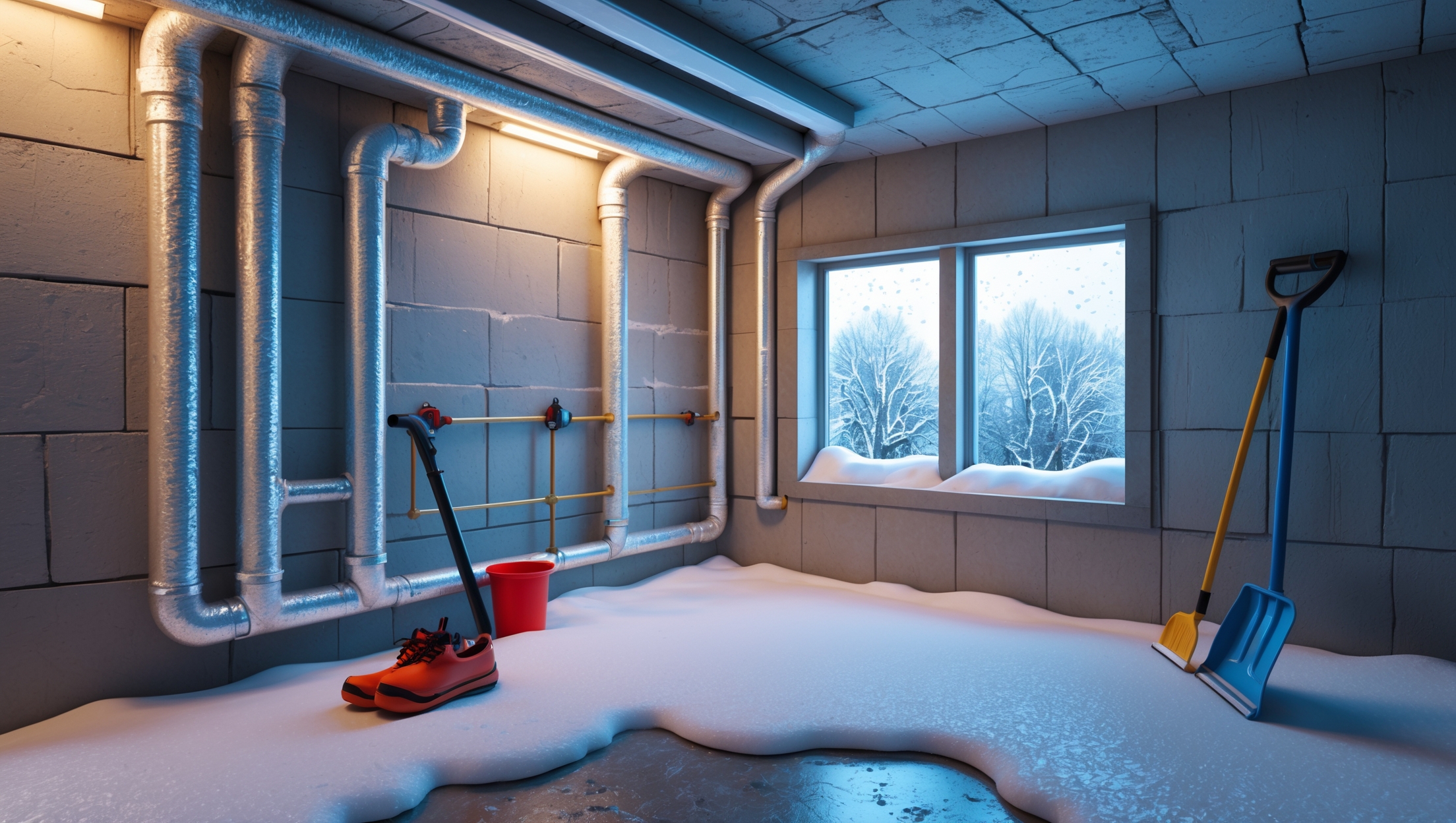
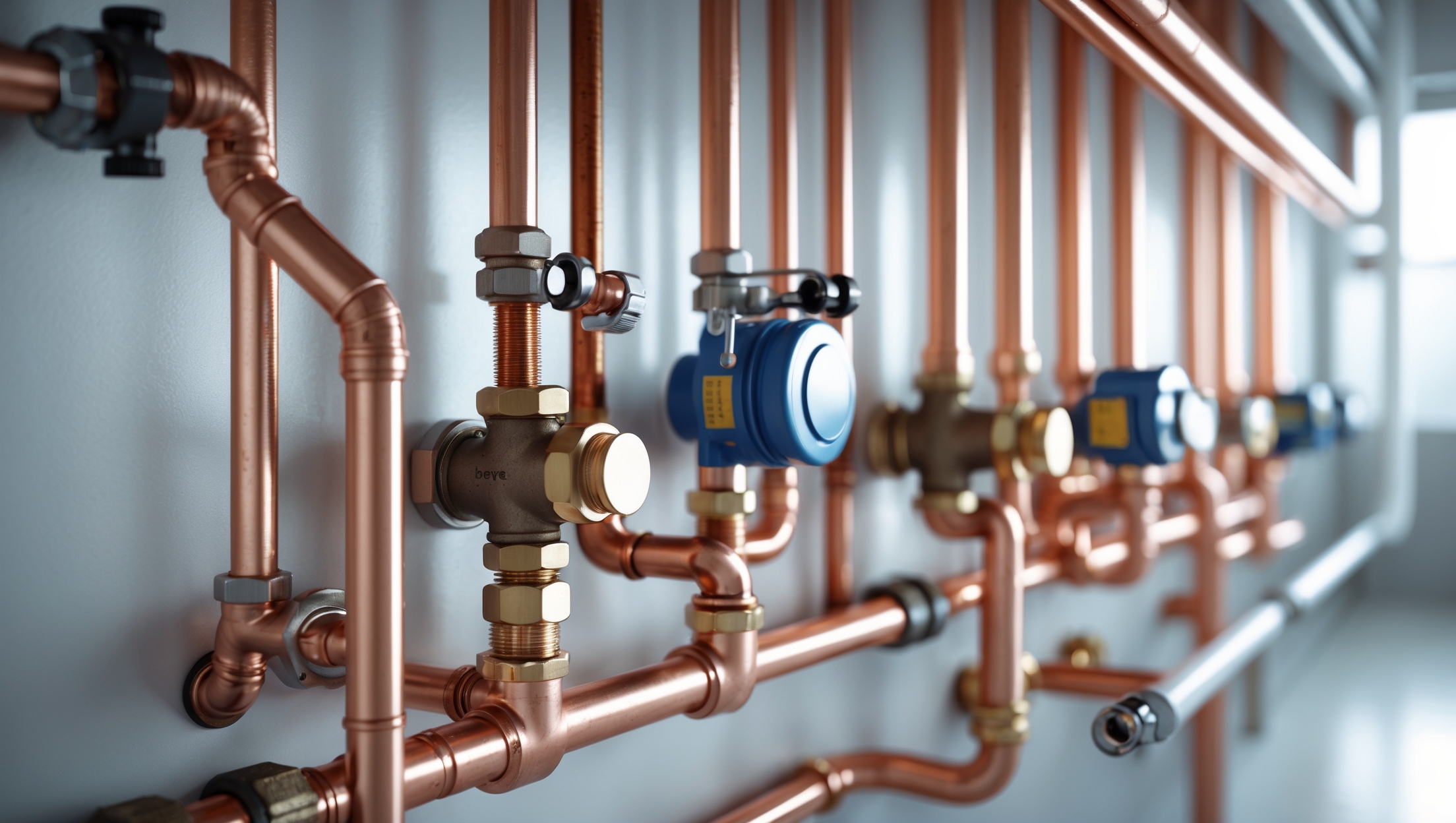


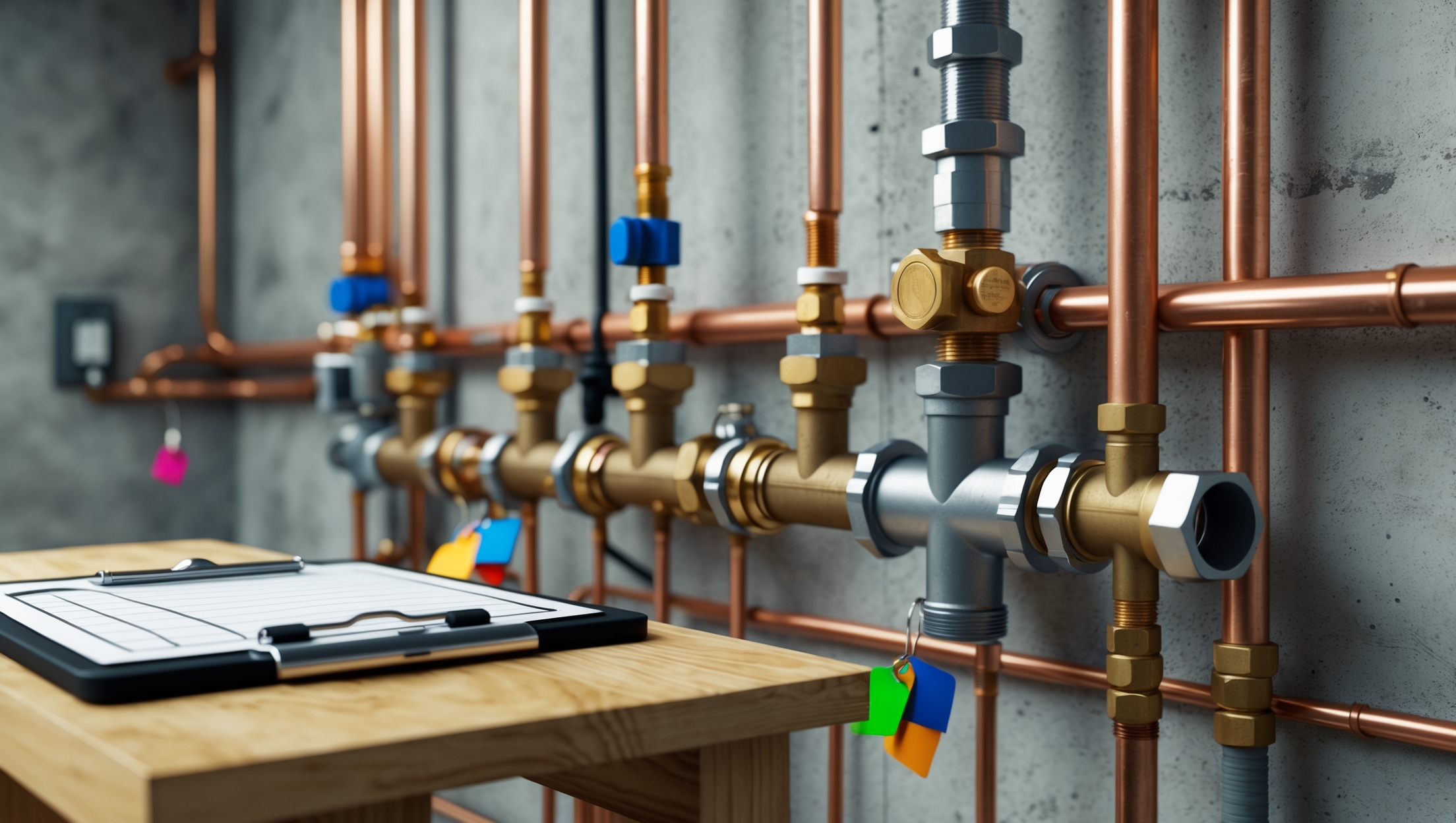
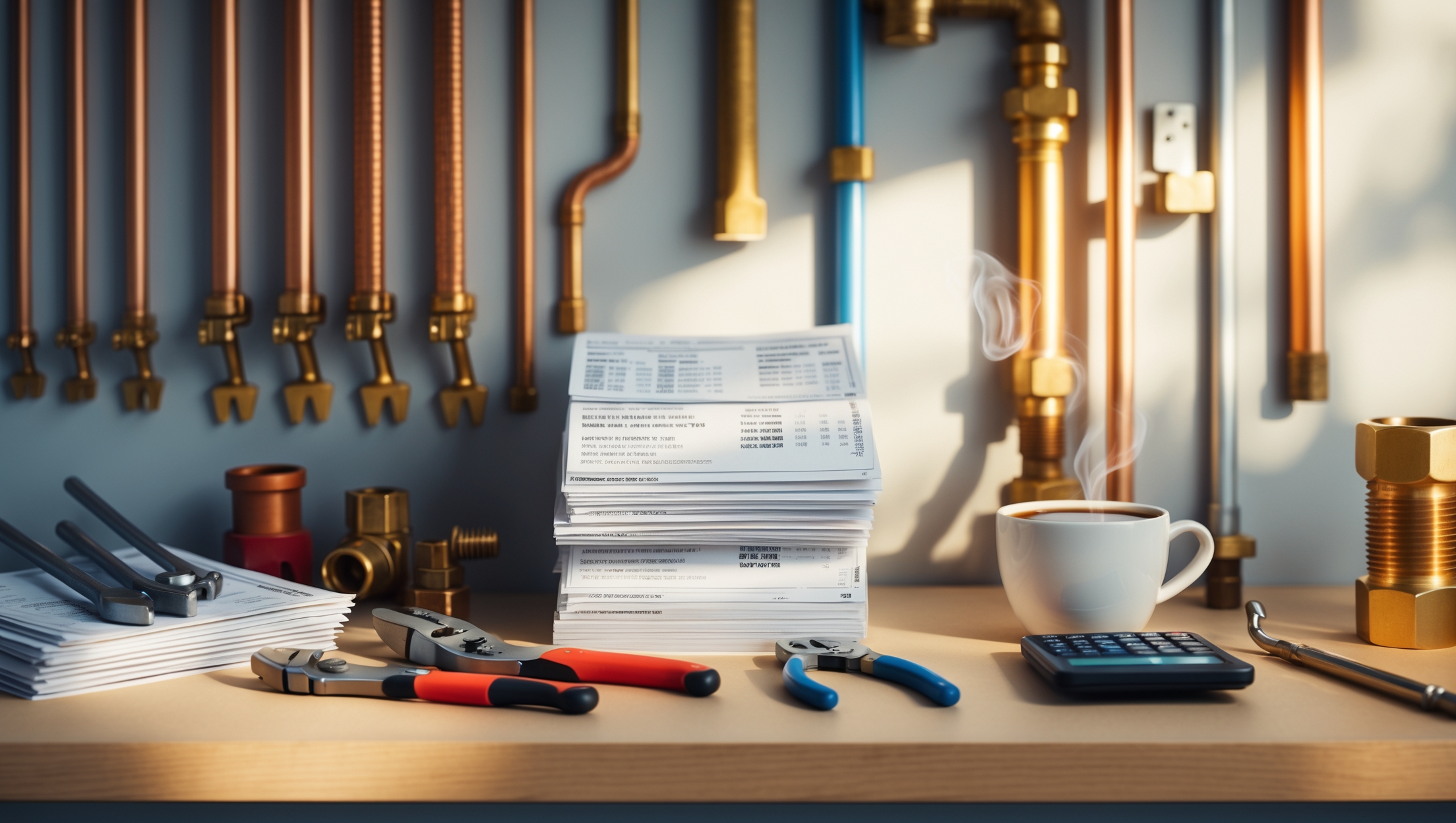
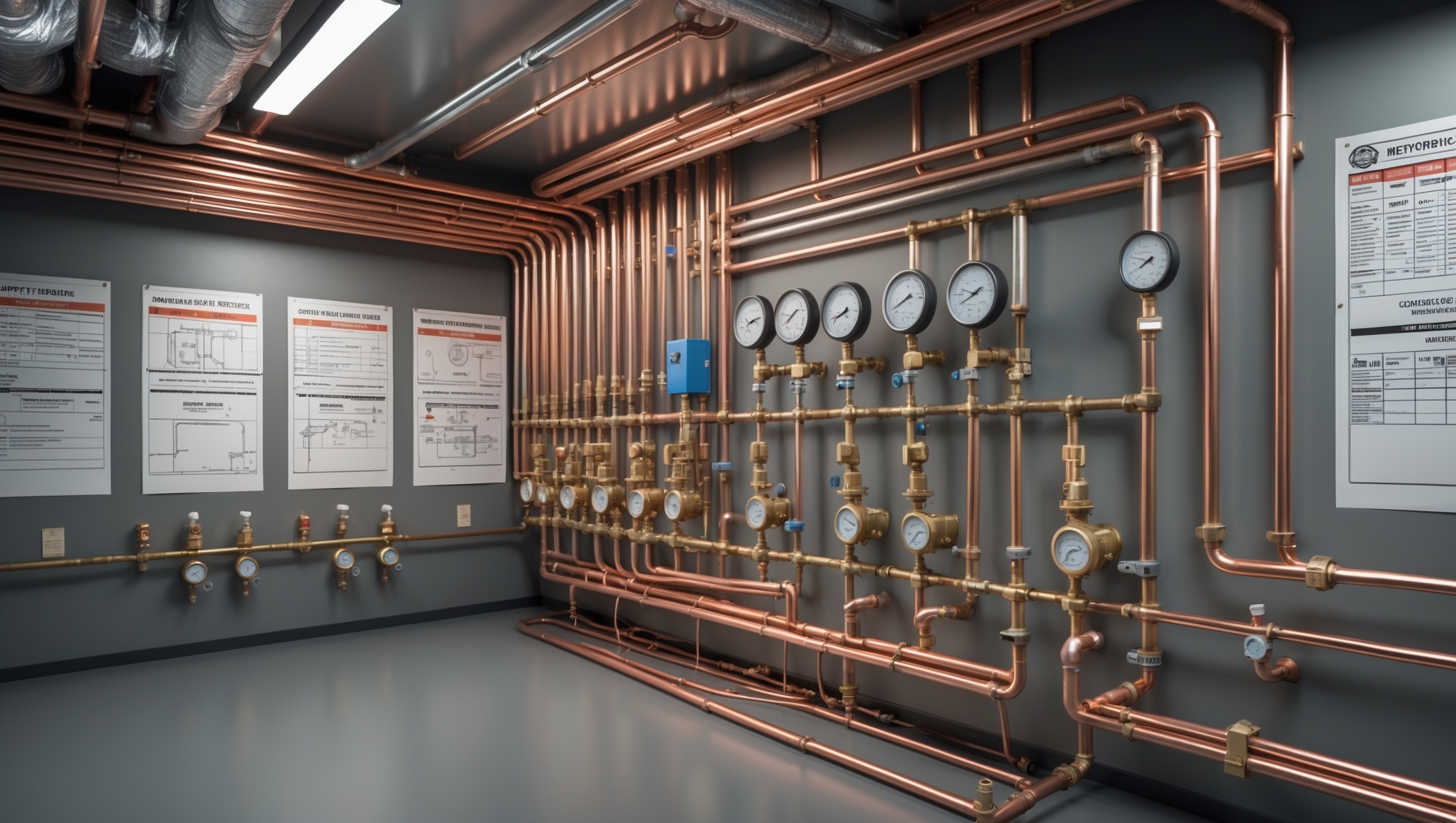
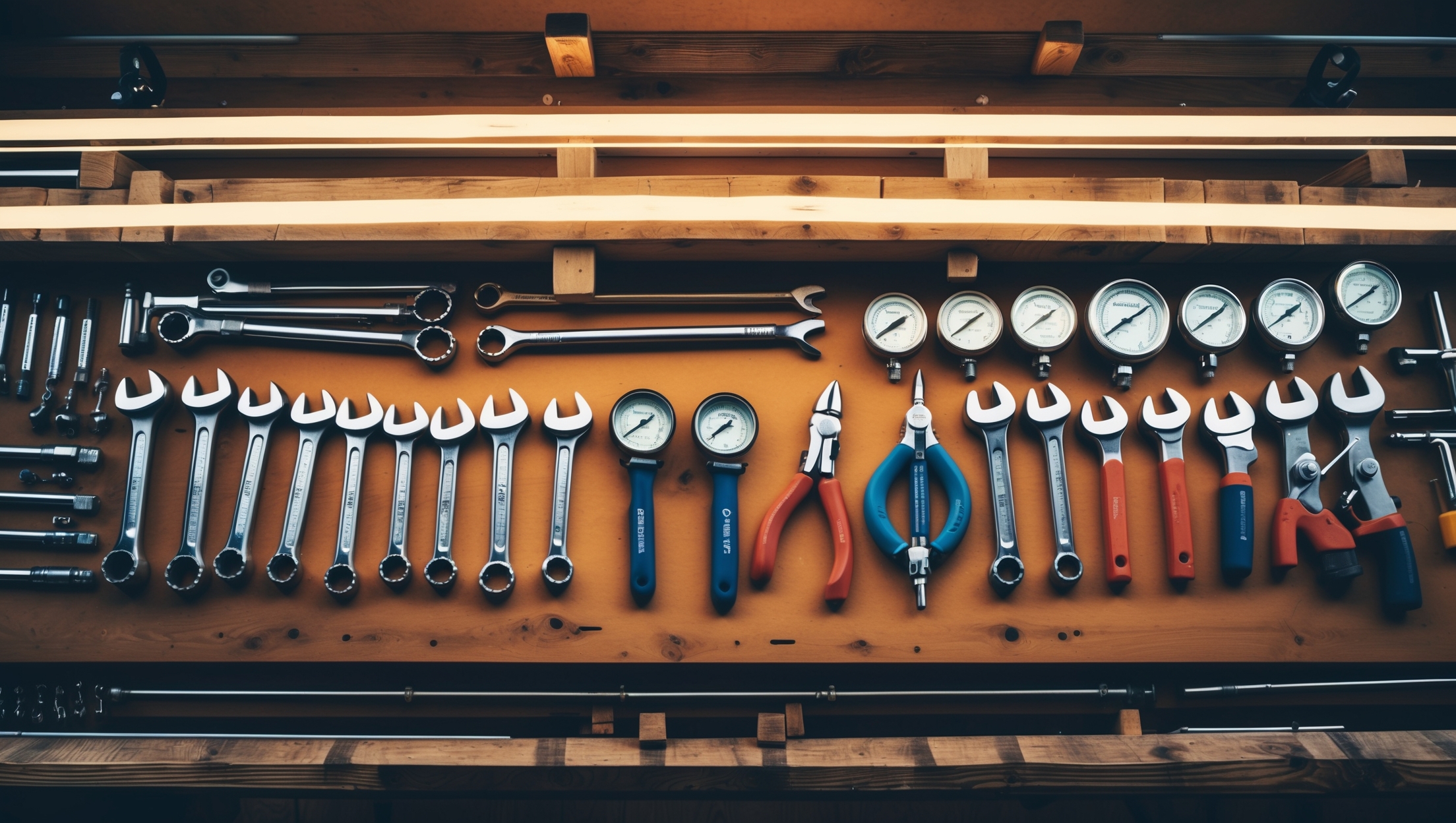
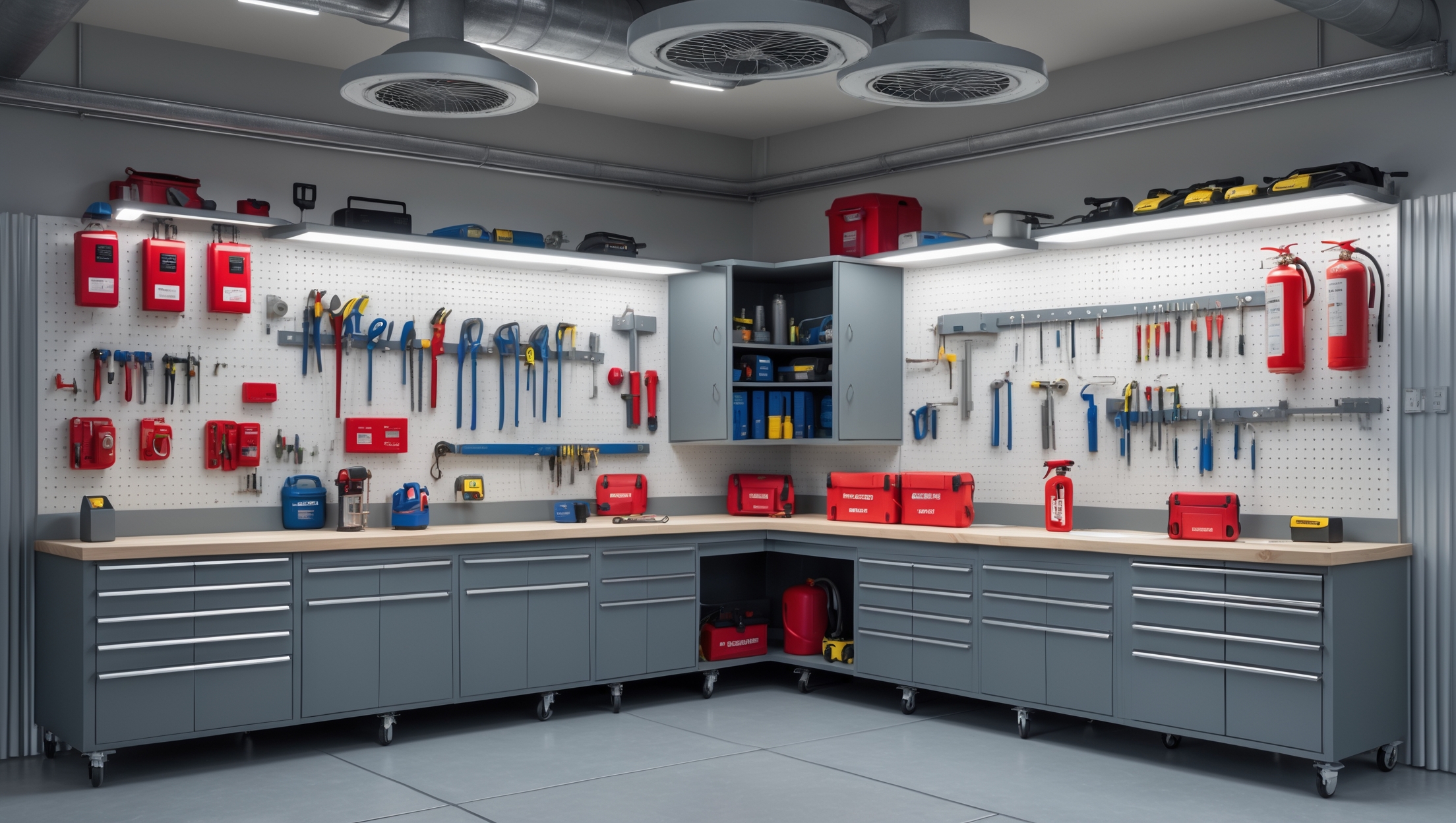
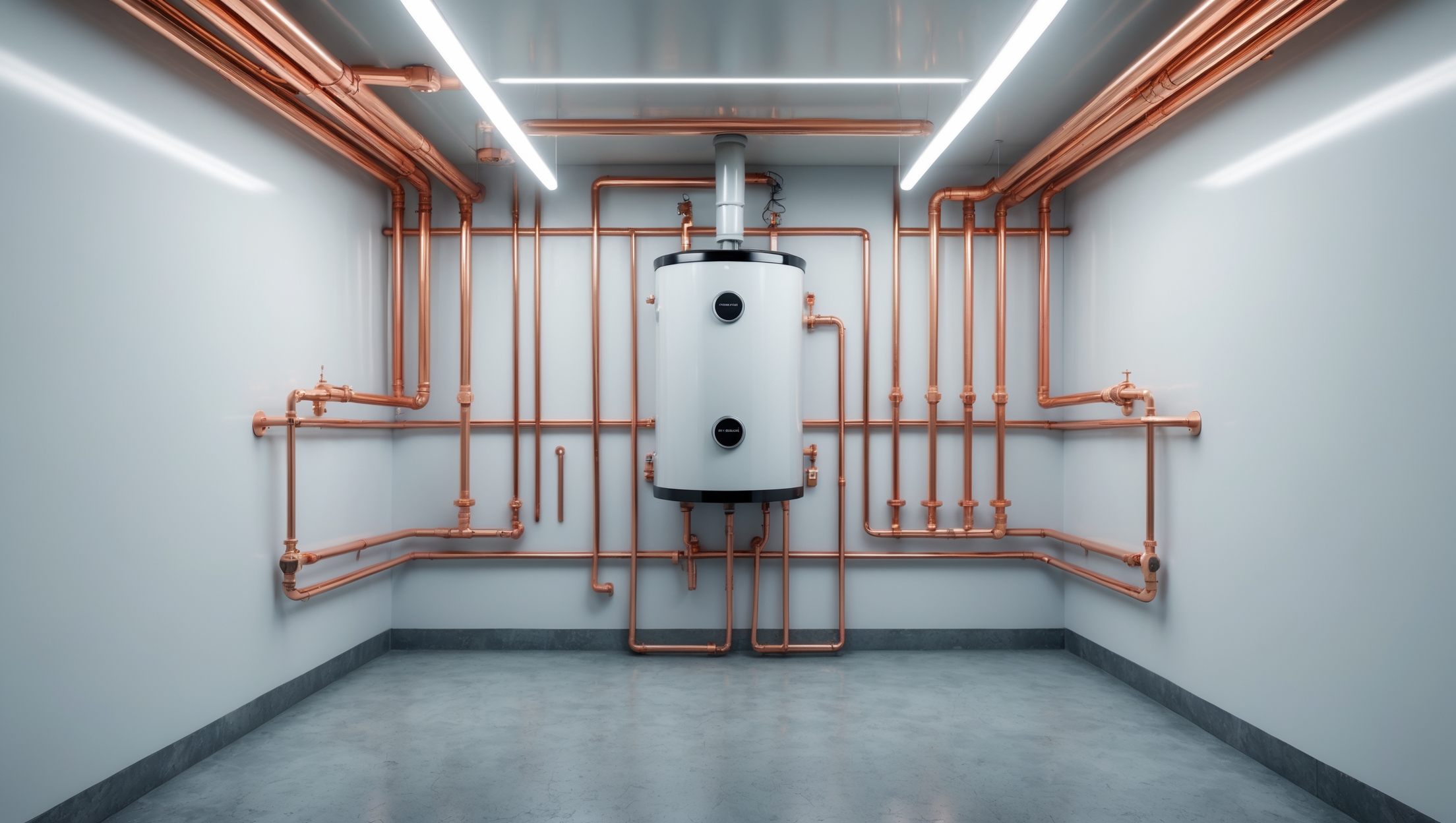
Matthew Lewis
The article talks about water damage and flooding from burst pipes. If a frozen pipe does burst, what immediate steps should I take to limit water damage while I wait for a plumber?